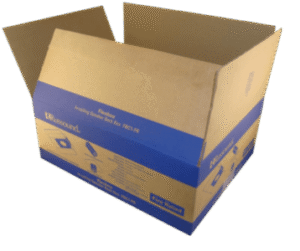Home » California’s EPR Programs: A Model for Sustainable Packaging
California’s EPR Programs: A Model for Sustainable Packaging
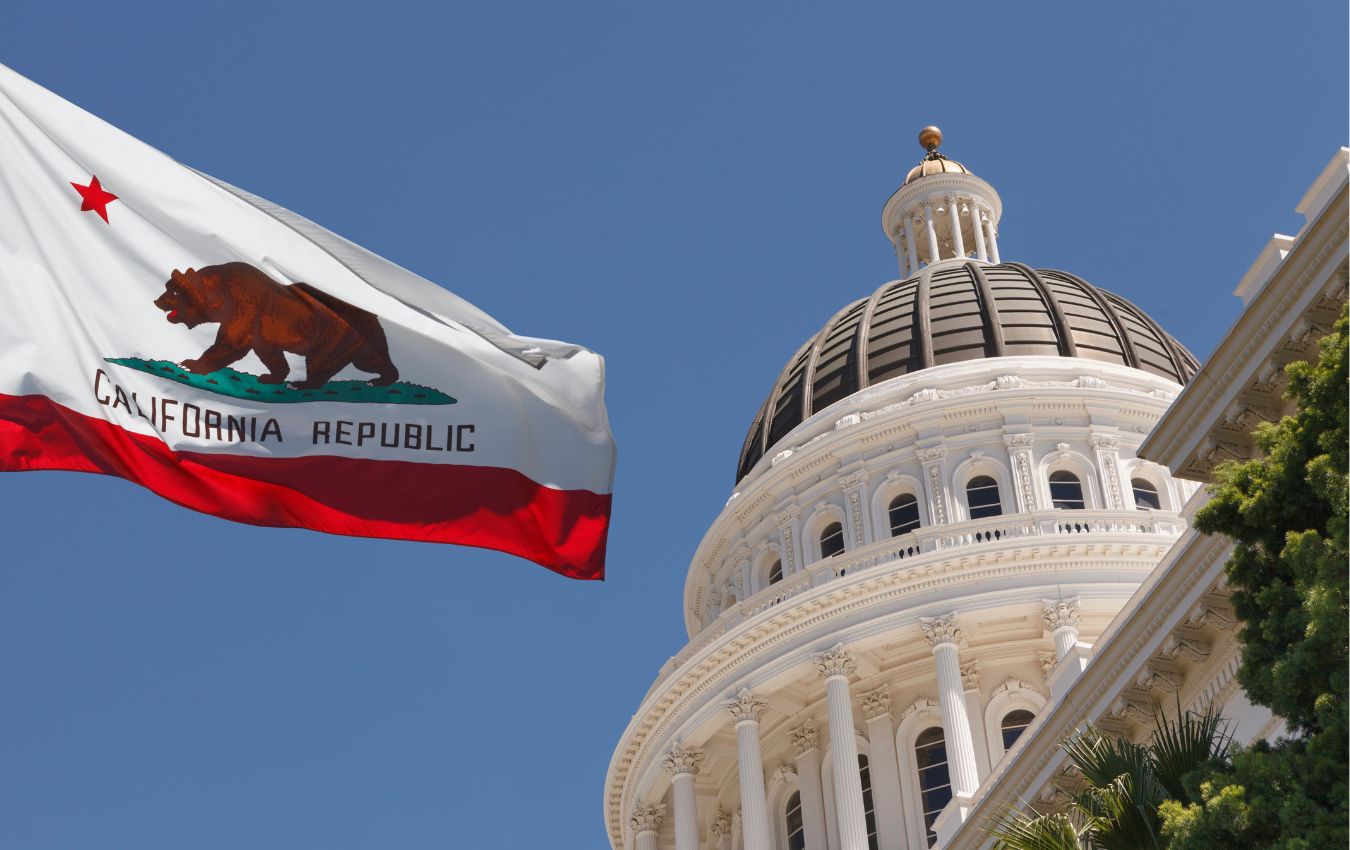
In the quest for a more sustainable future, California has emerged as a trailblazer with its visionary approach to Extended Producer Responsibility (EPR) programs. These initiatives represent a paradigm shift in the way packaging and waste are managed. Under California’s EPR framework, manufacturers are no longer mere producers of goods; they are stewards of their products’ entire lifecycle, from creation to disposal. In this blog, we will delve into California’s pioneering EPR programs, exploring their core principles, impact, and significance for the environment and businesses.
Understanding Extended Producer Responsibility (EPR)
Extended Producer Responsibility (EPR) is a progressive approach to waste management and sustainability. It places the onus on manufacturers to take responsibility for their products throughout their lifecycle. Key principles of EPR include:
Responsibility for Packaging Lifecycle:
Manufacturers are accountable for the environmental impact of their packaging materials from production to end-of-life management. This includes the design, production, collection, recycling, and disposal of packaging.
Financial Responsibility:
Manufacturers are required to fund and participate in recycling programs, collection systems, and waste reduction efforts. They are financially responsible for the recovery and recycling of their products.
Meeting Recycling Targets:
Manufacturers must meet specific recycling and recovery targets, ensuring that a certain percentage of their packaging is recycled and diverted from landfills.
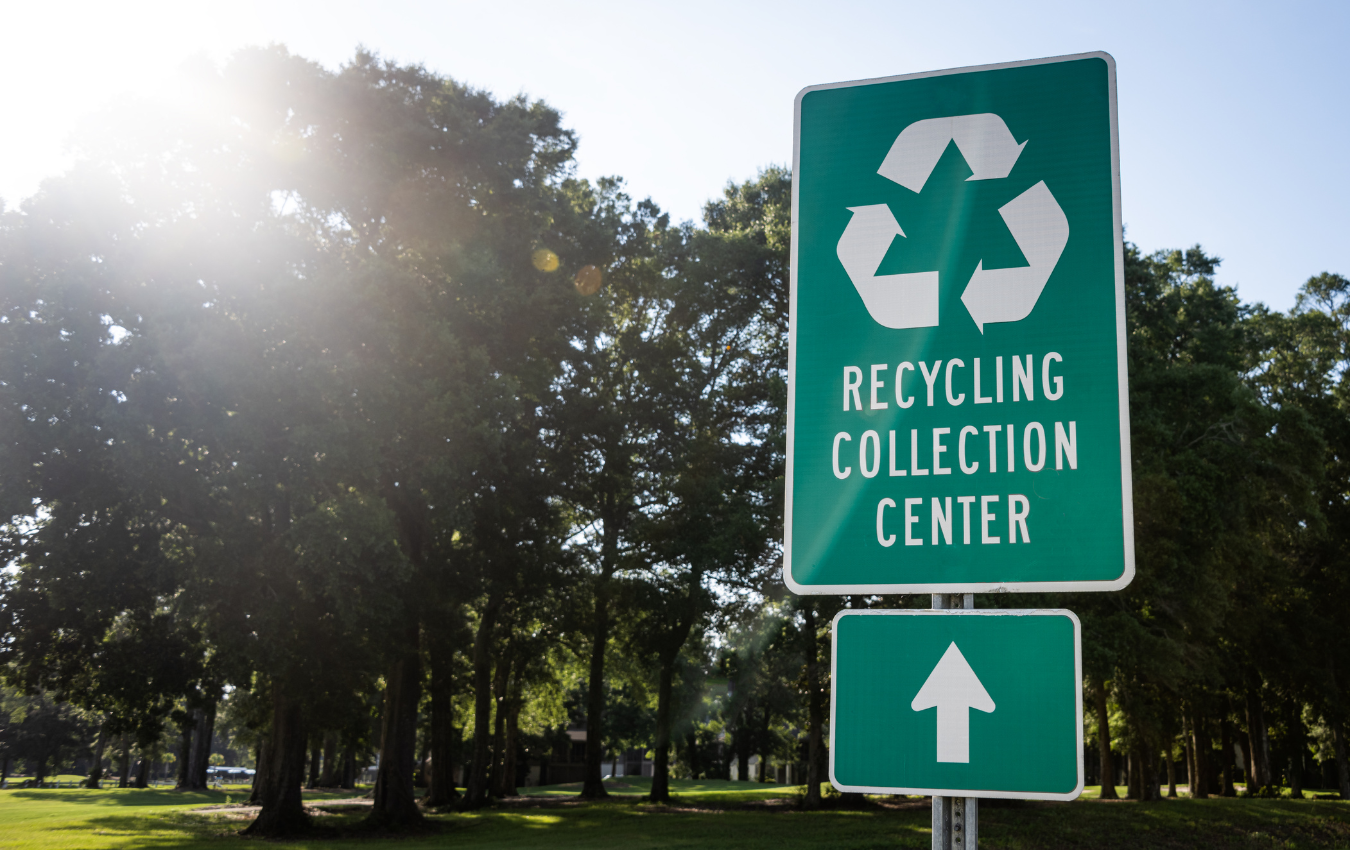
California’s Pioneering EPR Programs
California has been a champion of EPR programs, particularly in the realm of packaging. The state’s approach to EPR has far-reaching implications for sustainability and waste reduction.
The Beverage Container Recycling Program:
California’s Beverage Container Recycling Program, initiated in 1987, is a shining example of EPR in action. Under this program, manufacturers are responsible for creating a system that ensures the recycling of beverage containers, including aluminum cans, glass bottles, and plastic containers. This program has significantly increased recycling rates and reduced litter.
Upcoming EPR Legislation:
California has proposed and passed legislation that expands EPR principles to various product categories, including packaging. These laws require manufacturers to develop and implement comprehensive EPR programs that address the entire lifecycle of their packaging materials.
Implications for Plastic Waste Reduction:
California’s EPR programs have played a pivotal role in reducing plastic waste. By holding manufacturers accountable for plastic packaging, the state encourages innovative solutions such as the use of recycled materials and the development of more sustainable packaging designs.
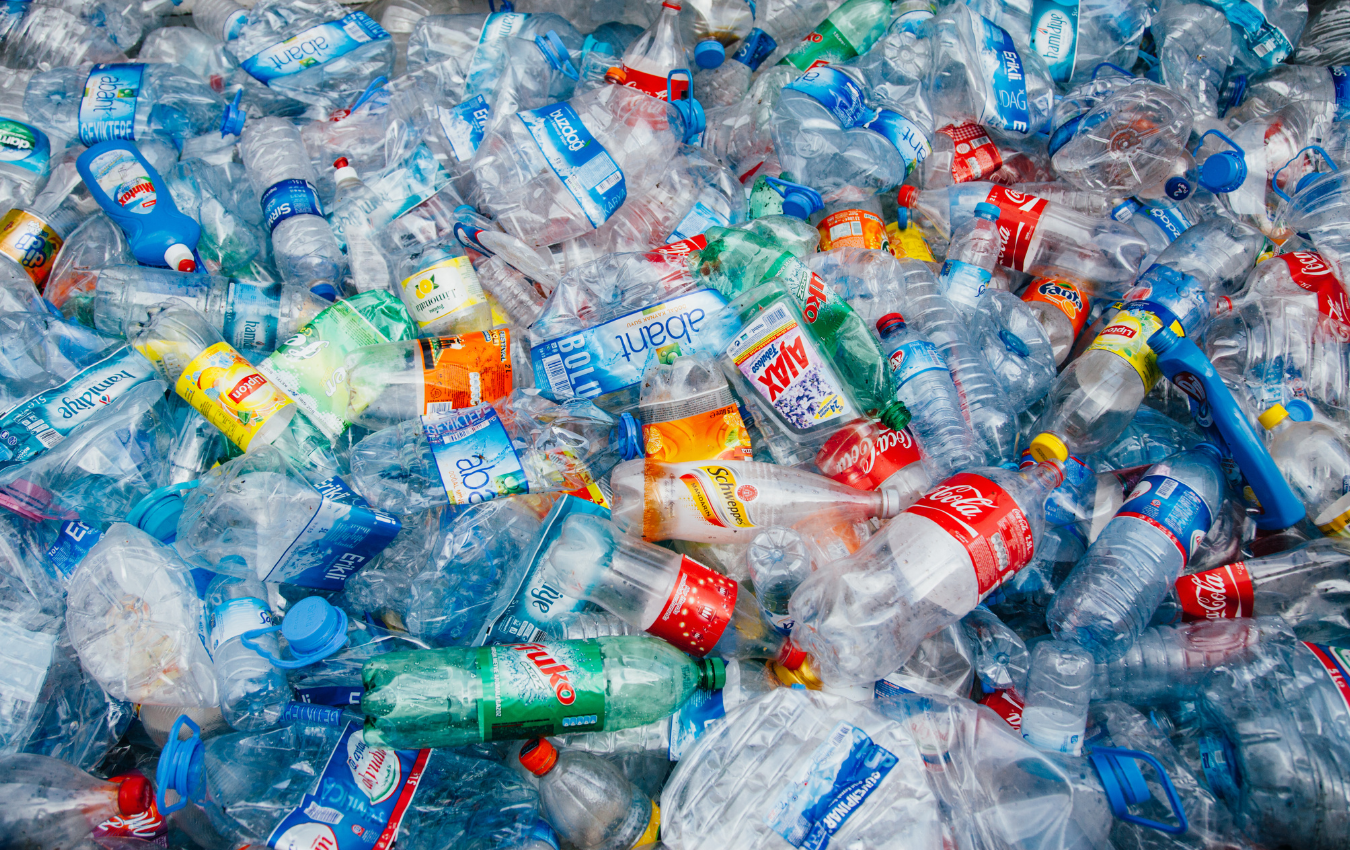
Impact and Significance
California’s commitment to EPR programs has had a profound impact on the environment, businesses, and consumers:
Environmental Benefits:
EPR programs significantly reduce the environmental footprint of packaging materials. They promote recycling, reduce waste sent to landfills, and encourage the use of eco-friendly materials, contributing to a cleaner and more sustainable environment.
Business Accountability:
Manufacturers operating in California must adapt to EPR regulations, which require investments in recycling infrastructure, sustainable packaging designs, and meeting recycling targets. This not only benefits the environment but also promotes corporate responsibility.
Consumer Engagement:
EPR programs empower consumers by offering convenient recycling options and promoting responsible consumption. Consumers can make more informed choices and actively participate in recycling efforts.
If you are interested in California packaging solutions, then partner with Brown Packaging today to get started.
Corrugated board comes in multiple flute sizes and wall grades, each designed to balance strength, weight, and cost. Selecting the wrong grade can lead to
As tariff changes reshape global trade, packaging buyers moving production from China to the U.S. or nearshore regions face a new challenge: supplier qualification. Transitioning
With new tariff proposals and continued trade uncertainty, 2026 is shaping up to be another pivotal year for packaging sourcing strategy. Many companies that shifted
Following multiple rounds of tariff changes and trade policy adjustments, 2026 marks a turning point for U.S. packaging buyers. Many who previously transitioned from China
Shifting packaging production from China to the U.S. can help stabilize costs, reduce tariff exposure, and shorten lead times. But the transition process requires careful
RSC boxes are known for their efficiency and versatility, but their performance ultimately comes down to strength. Buyers often see numbers like ECT, BCT, and
Home » California’s EPR Programs: A Model for Sustainable Packaging
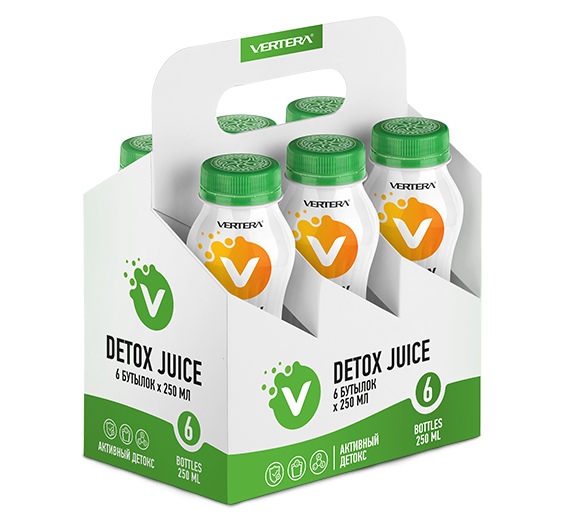
Launching a product or redesigning packaging can be a significant investment. To minimize risk and gather actionable insights, small packaging runs are a smart way
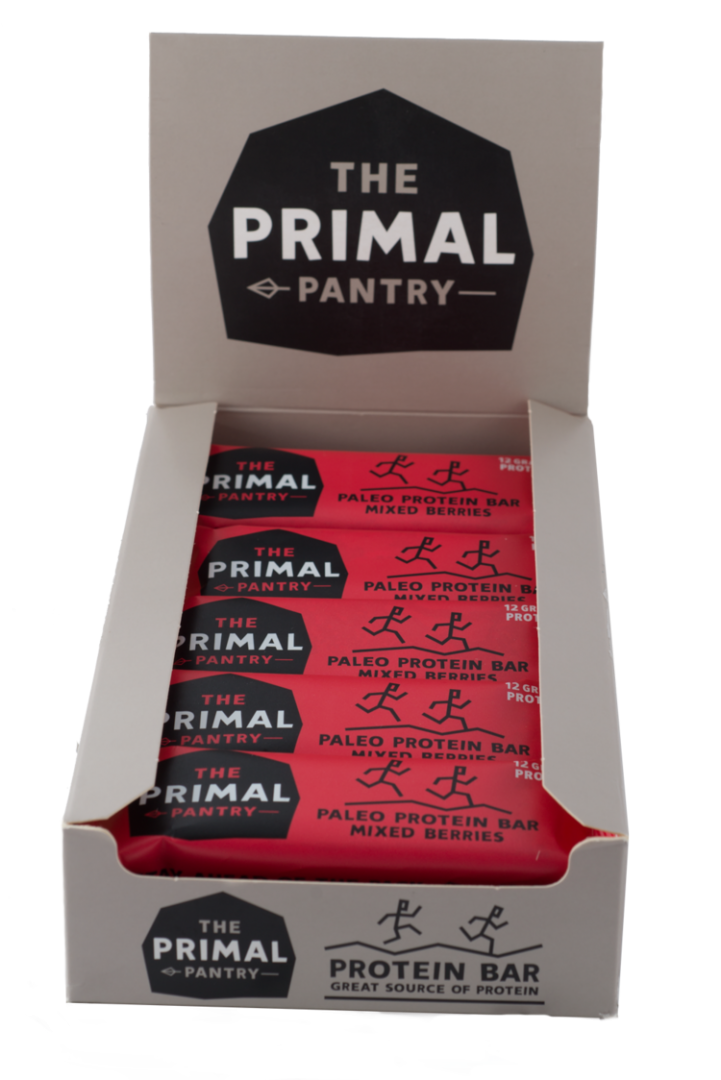
Protein bars are a popular on-the-go snack, requiring durable, protective, and visually appealing packaging to ensure freshness and convenience. The right packaging helps extend shelf

In the rapidly expanding global marketplace, companies constantly strive to distinguish their products and safeguard them during transit. Custom packaging plays an essential role in


